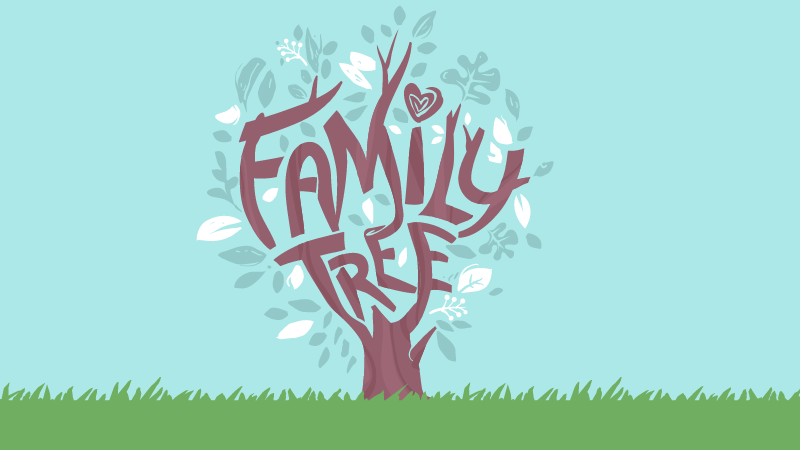
In the vast landscape of human existence, our roots delve deep into the soil of history, forming intricate networks of lineage and legacy. The family tree stands as a testament to the journey of generations, weaving together stories, traditions, and identities. As we unravel its branches, we embark on a profound exploration of our past, present, and future.
Understanding The Concept
The family tree is more than just a diagram of names and dates; it is a dynamic portrayal of relationships, connections, and ancestry. At its core, it symbolizes the interplay between individuals and their shared heritage, offering insights into cultural, genetic, and social dimensions.
Origins and Evolution: The concept of the family tree traces back to ancient civilizations, where lineage held paramount importance in societal structures. From the genealogies of royal dynasties to tribal kinship systems, early cultures used familial relationships to establish authority, inheritance, and identity. Over time, this practice evolved, adapting to changing social norms and technological advancements.
Constructing the Tree: Building a family tree requires meticulous research, patience, and collaboration. Modern tools such as genealogical websites, DNA testing, and archival records have revolutionized the process, enabling individuals to trace their ancestry with unprecedented accuracy. Yet, beyond the names and dates lie stories waiting to be unearthed – tales of triumphs and tragedies, migrations and settlements, love and loss.
Exploring Lineages: Each branch of the family tree represents a unique narrative, shaped by historical events, geographical landscapes, and personal choices. By tracing lineage through generations, one can uncover fascinating connections to distant relatives, cultural traditions, and ancestral homelands. This exploration fosters a deeper appreciation for diversity and interconnectedness, bridging the gaps between past and present.
Preserving Heritage: As custodians of our family legacies, we bear the responsibility of preserving and passing down this wealth of heritage to future generations. Through oral histories, written memoirs, and archival documentation, we safeguard the stories of our ancestors, ensuring that their contributions are not forgotten. Additionally, initiatives such as DNA preservation and digital archiving offer innovative ways to protect our familial heritage for posterity.
Embracing Diversity: The family tree reflects the kaleidoscope of human experience, encompassing a myriad of cultures, ethnicities, and traditions. In today’s globalized world, many families are characterized by multicultural backgrounds, transcending geographical boundaries and fostering cross-cultural exchange. Embracing this diversity enriches our understanding of identity and belonging, celebrating the tapestry of human existence.
Challenges and Controversies: Despite its profound significance, the family tree is not without its complexities. Discrepancies in historical records, cultural taboos, and unresolved family feuds can pose challenges to genealogical research. Moreover, debates surrounding issues such as genetic privacy and cultural appropriation underscore the ethical dilemmas inherent in exploring familial heritage. Navigating these complexities requires sensitivity, empathy, and a commitment to truth-seeking.
The Role of Technology: In the digital age, technology serves as a powerful ally in unraveling the mysteries of the family tree. Online databases, social media platforms, and digital archives facilitate collaboration among researchers and enable individuals to connect with distant relatives across the globe. Furthermore, advancements in genetic testing offer unprecedented insights into ancestry and genealogy, revolutionizing our understanding of familial relationships.
Conclusion:
The family tree stands as a timeless symbol of human interconnectedness, weaving together the threads of our collective past. Through its branches, we glimpse the stories of those who came before us – their triumphs, struggles, and enduring legacies. As we continue to explore and preserve our familial heritage, we honor the rich tapestry of humanity, forging connections that transcend time and space.







